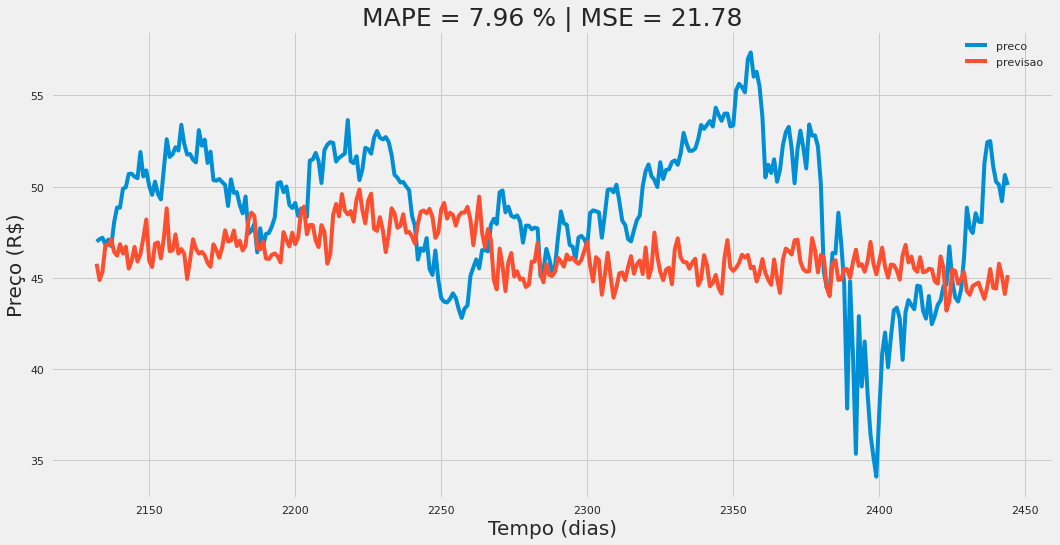Forecasting Foreign Exchange Rate: A Multivariate Comparative Analysis between Traditional Econometric, Contemporary Machine Learning & Deep Learning Techniques
In todays global economy, accuracy in predicting macro-economic parameters such as the foreign the exchange rate or at least estimating the trend correctly is of key importance for any future investment. In recent times, the use of computational intelligence-based techniques for forecasting macroeconomic variables has been proven highly successful. This paper tries to come up with a multivariate time series approach to forecast the exchange rate (USD/INR) while parallelly comparing the performance of three multivariate prediction modelling techniques: Vector Auto Regression (a Traditional Econometric Technique), Support Vector Machine (a Contemporary Machine Learning Technique), and Recurrent Neural Networks (a Contemporary Deep Learning Technique). We have used monthly historical data for several macroeconomic variables from April 1994 to December 2018 for USA and India to predict USD-INR Foreign Exchange Rate. The results clearly depict that contemporary techniques of SVM and RNN (Long Short-Term Memory) outperform the widely used traditional method of Auto Regression. The RNN model with Long Short-Term Memory (LSTM) provides the maximum accuracy (97.83%) followed by SVM Model (97.17%) and VAR Model (96.31%). At last, we present a brief analysis of the correlation and interdependencies of the variables used for forecasting.
PDF Abstract

